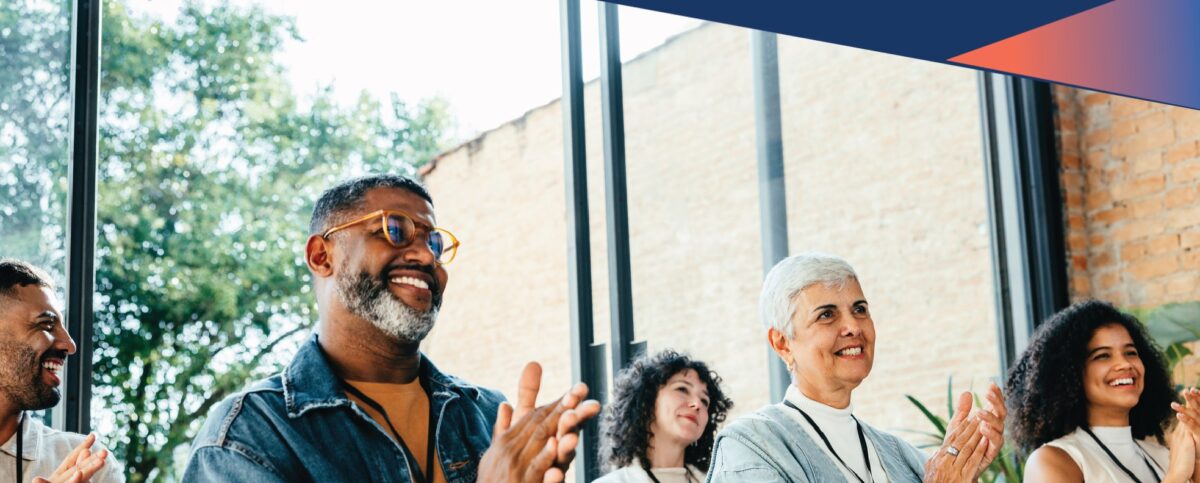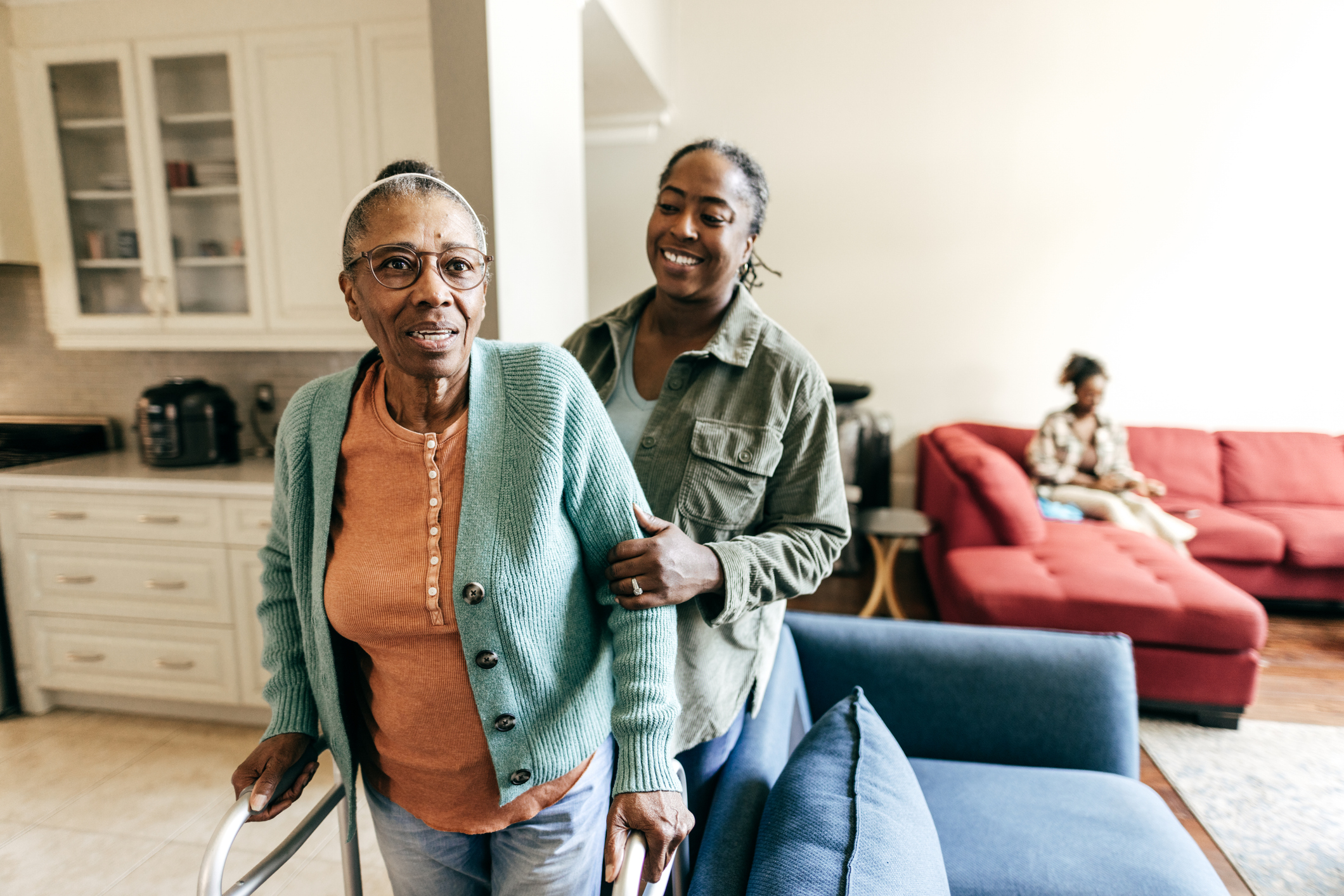Older adults facing homelessness need special attention
By Jay Nachman
According to Philadelphia’s Office of Homeless Services, there are about 5,700 people who are homeless in the city, including about 950 who are unsheltered and living on the street. What’s especially troubling is the number of homeless adults over 55, who often have chronic or disabling conditions that require attention. In fiscal year 2021, the City of Philadelphia reported that 3,167 older adults lived in shelters.
Philadelphia has the lowest number of street homeless individuals per capita of the largest U.S. cities. However, any person without a home or shelter from the elements is still a major concern.
With the adoption of a Housing First approach, there has been some success at addressing the issue of homelessness. “If we can keep somebody stabilized in housing for a year, there’s a 90-95% chance that they’ll never be homeless again,” said Bill Maroon, chief operating officer for Pathways to Housing, a Philadelphia agency that’s empowering people with disabilities to improve their housing stability and achieve better health.
Philadelphia was one of the first cities to adopt the Housing First model, which Maroon said works better than the traditional homeless services system that includes shelters.
The National Alliance to End Homelessness describes Housing First as “the foundation for life improvement that enables access to permanent housing without prerequisites or conditions beyond those of a typical renter. Supportive services are offered to support people with housing stability and individual well-being, but participation is not required as services have been found to be more effective when a person chooses to engage.”
Research shows that providing housing without supportive services is not successful at ending the cycle of homelessness. “If you just do the supportive services without connecting it with housing, it doesn’t work either,” Marroon said. “It has to be housing and the supportive services together. Even if [a housing recipient] refuses support services, we still engage with them every month to ask if they are ready to accept other services besides housing. Our experience is that eventually participants accept our help and services. Many of those who don’t accept services return to homelessness.”
The reasons for homelessness are varied, including poverty and the lack of affordable housing. Falling outside the benefits system can make it more difficult to meet requirements for housing. Sometimes, mental illness contributes. The opioid crisis has also caused many new people to become homeless.
While rents are increasing for apartments, the federal government’s voucher rates are increasing too and that provides a fair market rate for rent. The bigger problem is there are not enough vouchers. If more vouchers were made available, housing agencies would be able to find apartments for people experiencing homelessness and developers would build more affordable housing units because rent is guaranteed, Maroon said.
Pathways to Housing provides apartments for 500 people who were formerly homeless, 78 of whom are over 65. The number of homeless older adults needing housing is expected to double in the next five years.
“We’re trying hard to prepare for additional older adults who will need housing and all of the challenges that come with it,” Maroon said.
Right now, Pathways to Housing has 16 clients who use wheelchairs and another 78 clients who use an other kind of mobility device, such as a walker or cane.
“One of our biggest challenges now is determining how to help people age in place a find ADA/accessible units or properties,” Maroon said. “It’s just going to get worse. That population is going to double for us in the next five years. A huge part of my job is preparing for the future.”
Technology will play an important role in aiding older adults in the future. “Pathways to Housing is experimenting with devices to assess their usefulness,” Maroon said. One such tool is medication machines
that dispense medicines in people’s apartments. The machines work in different ways. With one, a light may go on and stay on until a medication is picked up. Another machine records when a medication is picked up off the tray.
GrandPads, iPads with larger buttons for easier use, can help older adults and people with disabilities to easily access telehealth and to communicate with staff members, among other uses.
“We think we can monitor people and serve them better using technology,” Maroon said. “We have to serve an aging population better in the future.”
If you or someone you know is experiencing homelessness, please call Project HOME’s Homeless Outreach Hotline at 215-232-1984. For more information, go to PathwaysToHousingpa.org.
Jay Nachman is a freelance writer in Philadelphia who tells stories for a variety of clients.




